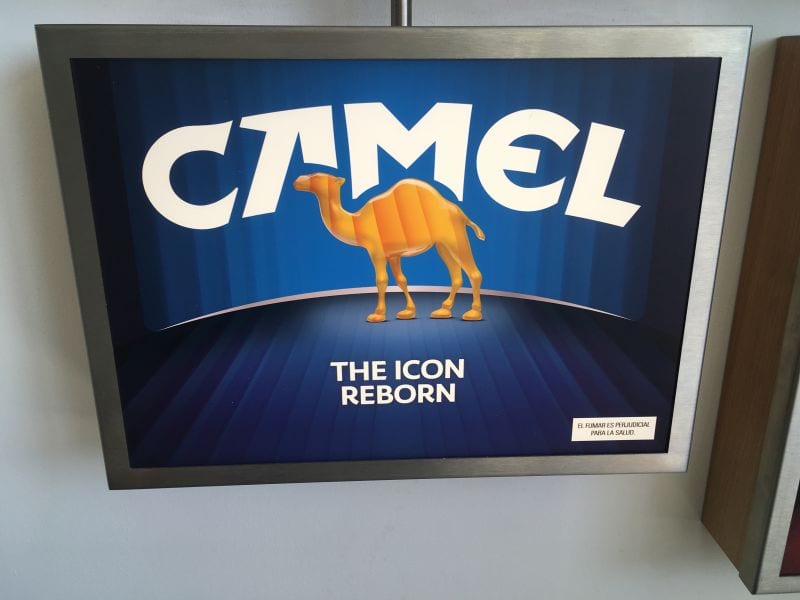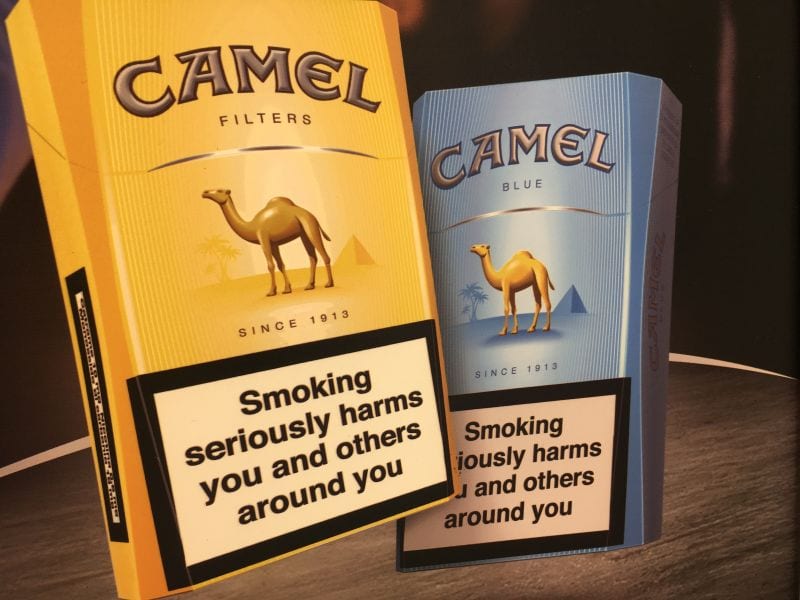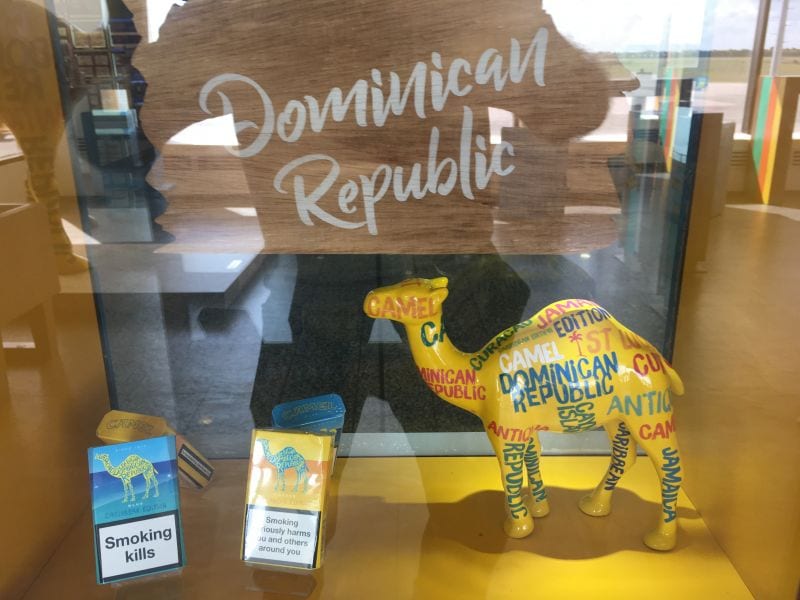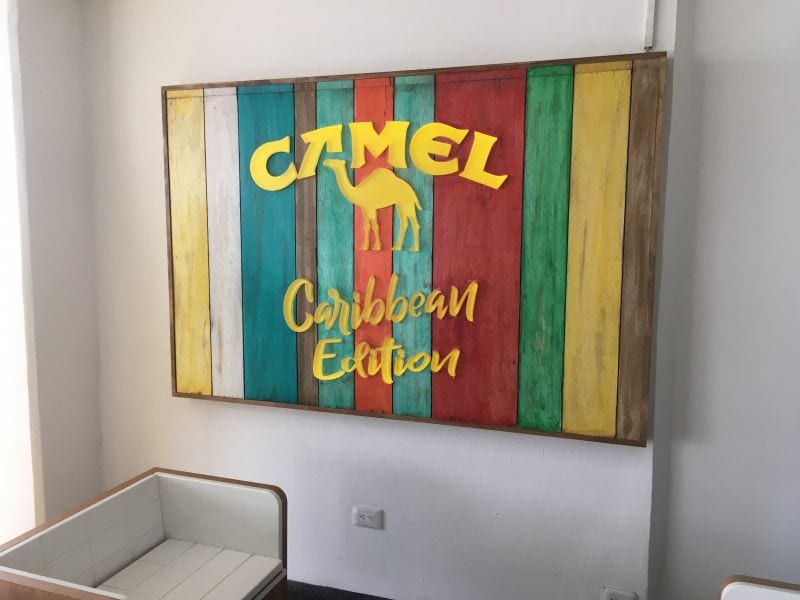Smoking has taken a beating in the United States.
Most smoking in America has been banned from public buildings. All tobacco packaging has to contain scientific warnings that tobacco products are not good for your health. Tobacco is taxed at an exorbitant rate. Television advertising of tobacco products has been curtailed drastically. Multi-million dollar lawsuits have awarded money to smoking victims in large class action health related lawsuits. Doctors advise all their clients to quit. Smoking in movies and on television by actors and actresses has trickled to a few puffs each season.
Camel cigarettes are one of the last surviving brands from the 1950’s.
As kids, we thought it funny to see the Camels on cigarette packs and wondered who would smoke them instead of Philip Morris, Lucky Strikes or Marlboro’s. The fifties were a smoking heyday with millions of vets acquiring the habit in the war and continuing when they got home. Our Dad smoked but quit by eating tons of lifesavers he kept high up on a closet shelf where we kids couldn’t reach them. The Camels always made us think of the French Foreign Legion, men wearing funny hats fighting other men wearing funny hats.
In this Santo Domingo airport, on my way home, I meet a plastic Camel lounging in a smoking room. It is cool and quiet here and there are only a few people in the lounge this morning, a cleaning woman and one smoking man puffing intently on his Camel cigarette.
Camels might truly be cool, but I hear, from people who have lived with them, that they are nasty, have body order, and spit at people they don’t like.
Advertising always gets us to ignore product negatives and buy what they want to make us think makes us more important and sophisticated.
I’m in this smoking room, hanging with a camel, and I don’t even smoke.
Search The Site
Translate This Page
Support Scott
See Scott’s Artwork!
Your purchase helps Scott continue his travels and he’ll reciprocate by taking you along in words, photos and videos!Recent Posts
Recent Comments
- scott on Fishing/Palo Duro Canyon
- rhett ladd on Fishing/Palo Duro Canyon
- scott on Strawberry Shortcake
- Charlie on Strawberry Shortcake
- scott on Prepper Money
- Alan on Prepper Money
- scott on Decorative Art
Archives
- April 2020 (28)
- November 2019 (1)
- October 2019 (5)
- September 2019 (3)
- August 2019 (8)
- July 2019 (18)
- June 2019 (8)
- May 2019 (21)
- March 2019 (52)
- February 2019 (22)
- November 2018 (18)
- October 2018 (9)
- August 2018 (1)
- July 2018 (10)
- June 2018 (11)
- December 2017 (11)
- August 2017 (12)
- June 2017 (18)
- April 2017 (10)
- March 2017 (33)
- February 2017 (33)
- January 2017 (2)
- October 2016 (2)
- September 2016 (49)
- June 2016 (1)
- March 2016 (2)
- February 2016 (8)
- January 2016 (16)
- December 2015 (50)
- November 2015 (57)
- October 2015 (7)
- September 2015 (10)
- August 2015 (11)
- July 2015 (5)
- June 2015 (6)
- May 2015 (8)
- April 2015 (6)
- March 2015 (8)
- January 2015 (29)
- December 2014 (30)
- November 2014 (83)
- October 2014 (3)
Categories
- Country (423)
- Belize (57)
- Costa Rica (10)
- Dominican Republic (55)
- Ecuador (56)
- Haiti (18)
- Mexico (48)
- Nicaragua (51)
- Philippines (30)
- Uruguay (98)
- Photo Shoots (10)
- Scott's Best Of (713)
- Animal Stories (86)
- Art, Music, Performance, Writing (122)
- Blast to the Past (111)
- Fish Stories (28)
- Friends & Family (88)
- Getting Around (81)
- Holidays, Events & Celebrations (50)
- Home Bases (69)
- Kids (47)
- Money Talk (118)
- Mother Nature Saddles Up (106)
- On the Beach (49)
- People (214)
- Places to Go & Things to See (185)
- Quirky (134)
- Shop 'til You Drop (57)
- Spirit Talks (194)
- Sports & Recreation (75)
- The Great Security State (108)
- What's to Eat (125)
- Working For a Living (154)
- States (293)
- Arizona (48)
- California (6)
- Colorado (36)
- Florida (10)
- Nebraska (6)
- New Mexico (150)
- Texas (37)
- Videos (66)










nice piece
scott thinks so too.